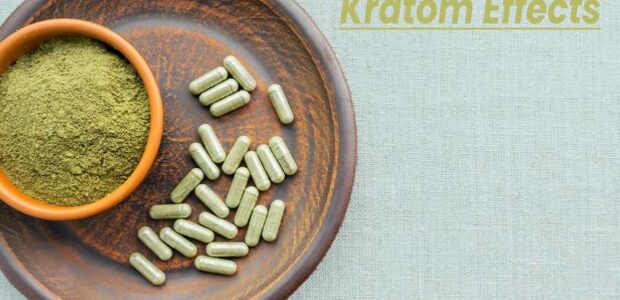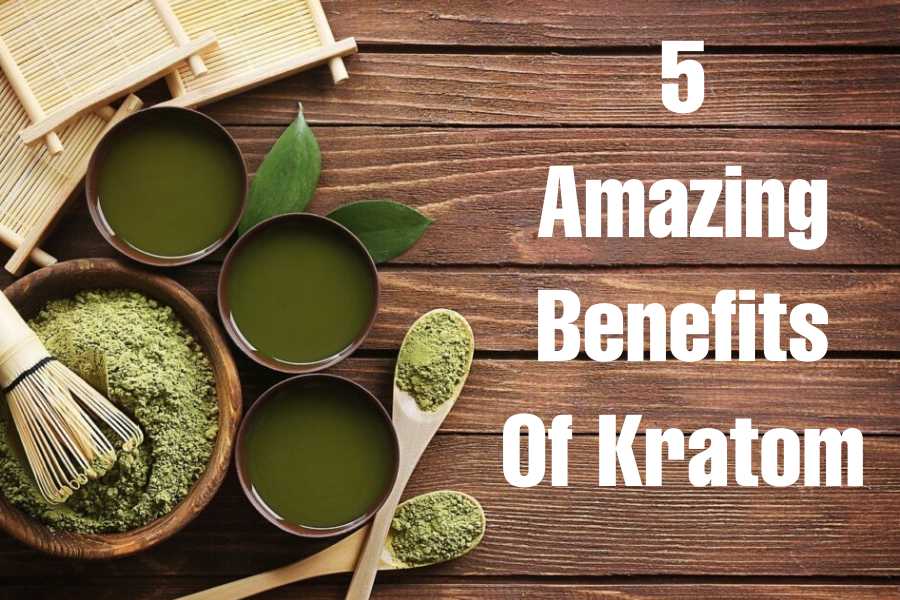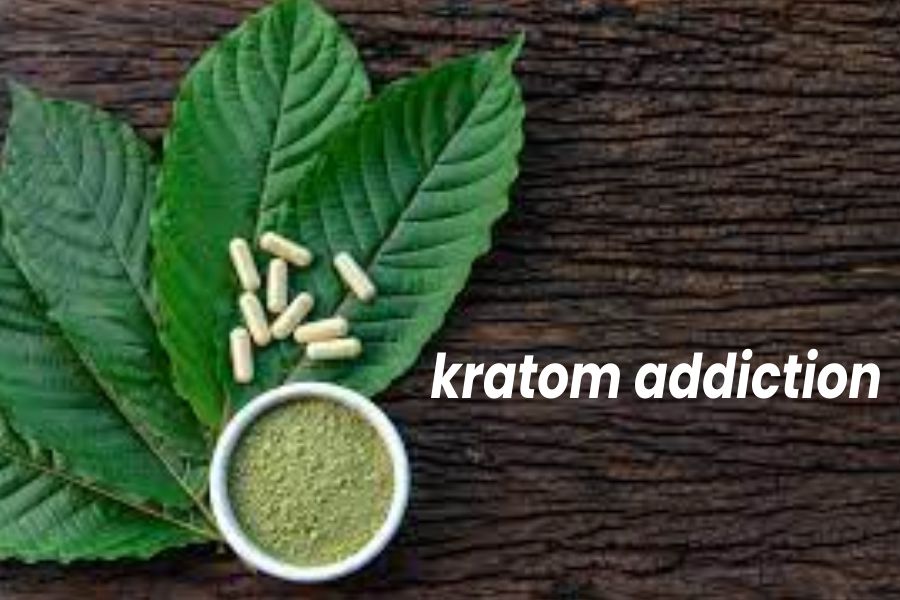
Kratom (Mitragyna speciosa) is a tree-like plant that grows in Southeast Asia.
It belongs to the same family of plants as coffee and gardenias. This plant is born in tropical and subtropical regions of Thailand, Malaysia, Philippines, Indonesia, and Papua New GuineaKratom used as an herbal remedy in Thailand and neighboring countries.
Kratom leaves have psychotropic and opioid-like pain-relieving effects. Kratom extracts and leaves act as a stimulant and a sedative.
It’s also been used for treating chronic pain and digestive ailments and as a treatment for opioid withdrawal. However, the FDA hasn’t approved it for any medical use.
What Is Kratom Used For?
Stimulants accelerate the central nervous system (CNS) and boost energy. Kratom can cause stimulant-like effects when used in low doses.
However, with higher doses, kratom can have effects similar to opioid substances, causing sedation, euphoria, and a possible dreamlike state.
Some people will take kratom to self-medicate for various conditions, including pain, depression, sleep problems, and opioid withdrawal.

Kratom Effects: Short Term Effects of Kratom
Kratom (Mitragyna speciosa), a derivative of an Asian evergreen tree, can yield effects similar to opioids and stimulants.
It is used as a stimulant and sedative for chronic pain, digestive ailments, and opium dependency. In addition to this, European Monitoring Centre for Drugs and Drug Addiction declares that a few grams of Kratom produce stimulant effects.
Depending on your dosage, these effects usually start within 10 minutes after ingestion and can last from 1 1/2 to 6 hours.
An extensive dose between 10 to 25 grams of dried leaves can produce sedative effects.
The stimulant effects include:
- Increased alertness
- High sociability
- Increased energy
- Reduced motor coordination
The sedative effects include:
- Calmness
- Dull sensations
- Euphoria
The Long-Term Effects of Kratom: The Science Explained
Kratom comes with a unique mix of chemicals in kratom.
The short-term effects of the drug are complex and variable. The balance between stimulant-like and opiate-like effects depends on the dose taken.
Different users have reported significantly different experiences with the drug even when taking the same dose.
- Decreased appetite
- Increased energy and alertness
- Increased sociability
- Heightened libido
- Analgesia (pain reduction)
- Drowsiness
- Cough suppression (similar to that of codeine)
- Calm mental state
- Reduction in symptoms of opioid withdrawal
Kratom Effects: Side Effects of Kratom
Here are numerous side effects of Kratom that can impact your health long-term.
Find out about the health risks associated with Kratom now.
People who abuse the substance for a significant length of time may experience:
- Hyperpigmentation or darkening of facial skin.
- Anorexia and weight loss.
- Psychosis.
However, the available evidence does not suggest that long-term kratom use damages organs or other body parts.
Kratom is possibly dangerous for most people. Large doses of kratom may cause serious side effects, including nausea, aggression, hallucinations, trouble breathing, and death.
Besides that, Long-term use has been linked with dependence and withdrawal symptoms similar to other opioids.
Long-term side effects of kratom may include:
- Weight loss
- Insomnia (difficulty falling asleep or difficulty staying asleep)
- Dark spots (hyperpigmentation) on the skin, especially on the cheeks
- Fatigue
- Constipation
- Nausea
- Appetite loss
- Frequent urination
- Dry mouth
- Tremors or shaking
- Seizures
Kratom Withdrawal and Addiction: What to Know
Withdrawal symptoms are side effects when you stop using an addictive substance like kratom.
Physical withdrawal symptoms of kratom include:
- Muscle pain, cramps, and body aches
- Shakiness or tremors
- Nausea or vomiting
- Abdominal pain
- Diarrhea
- Sweatiness or hot flashes
- Fever
- Difficulty sleeping
Psychological withdrawal symptoms associated with kratom included:
- Nervousness
- Restlessness
- Sadness or depressed mood
- Anger
Kratom Effects: Signs of Kratom Overdose
Consuming kratom in high doses leads to overdose.
However, there has been at least one case where kratom was the only substance used. Reported symptoms of kratom overdose include:
- Nausea
- Rapid heart rate
- High blood pressure
- Agitation and irritability
- Seizures
- Excessive fatigue
- Coma
- Death
Frequently Asked Questions About Kratom Effects
Is Kratom harmful?
Yes, Kratom is more dangerous than many people believe.
What are the adverse effects of Kratom?
Mood swings, irritable mood, difficulty sleeping, restlessness, aggressive behavior, lowered sexual drive, etc.
What does Kratom do?
The plant’s psychoactive effects may vary and, in a dose-dependent manner, have both stimulant and opioid qualities.
At lower doses, the effect is more stimulant-like (e.g., increased energy and sociability); at higher doses, sedative effects predominate.
Is Kratom Legal?
No. Kratom is currently illegal in many countries due to its potential for adverse side effects and its ability to cause dependence or addiction.
It is not currently a scheduled substance. However, Drug Enforcement Administration (DEA) has listed Kratom as a Drug and Chemical of Concern.
Is Kratom Safe?
Kratom poses serious threats, particularly to people who have medical conditions and otherwise take medications.
In addition to this, the drug can also lead to issues with coordination and sleepiness, so it’s risky to drive or operate machinery while using it.
You may also like – Kratom Capsules: Everything You Need To Know
Final Thoughts About Kratom Effects
Kratom offers a wide range of effects if used in small to moderate amounts.
If you take the product in small quantities, you can enjoy its energy and mood-boosting outcomes and pain-relieving results in moderate amounts.
But you may experience various side effects such as nausea, vomiting, headaches, and constipation when you consume your preferred kratom in large doses.
So it is vital to seek dosage guidelines from kratom experts if you are new to the product.



